
The latest book of Professor Justin McCarthy, an eminent scholar of high reputation, was recently published, bearing the title “Turks and Armenians”.*
Prof. McCarthy is no stranger to the topic or the events of the First World War. He has done voluminous research, both demographical and historical, on the losses of the Turkish and Moslem populations of the Ottoman Empire, preceding and during WWI. Inevitably, this has also drawn him into Turkish-Armenian relations. He has, as an academic historian, recognized that reflecting the historical facts accurately, which are frequently manipulated and distorted to suit political ends, would be an uphill endeavor, swimming against the main stream. He has nevertheless kept to his scholarly integrity. Despite the hardships and obstacles he knew he would face -which actually reached such levels as efforts of academic defamation and threats to his well-being, he has valiantly written profusely on what his research showed to be the historical facts and truth against what has been propagated in the Christian World and the West about the bogus Armenian narrative and claims.
This latest book “Turks and “Armenians” is the résumé, imbibed from his lifelong research on the subject, a conclusion of his previous Works**, a collective assessment and an academic synthesis. As such, it carries a special significance and is worthy of outstanding recognition, as it reflects upon his life time research and studies, making it a master piece based on all previous work.
The challenging title of the book “Turks and Armenians”, certainly magnetic for those interested in the topic, has not been one of vanity or exaggeration. It has tackled and succeeded to uncover the roots of a historical development of how, with what machinations, two peoples of Anatolia, who lived together, side by side, in harmony, with common ways of life and traditions, with mutual moments of joy and grief could end up as adversaries or rather, were induced to be enemies.
The book does not overlook or underestimate the tragedies and losses suffered by the Armenian population. They are recorded within the proper context of the First World War, within their historical background and with analysis of the causes. On the other hand, the book equally acknowledges the tragedies and losses suffered by the Turks and Moslems, no less in magnitude -if not more, however totally overlooked and consciously side tracked by the Christian and Western narrative. Consequently, the book also reflects on the prejudice and defamation against the Turks in the Christian and Western World, further elevated with the support for the Armenian cause, reactivated in contemporary times by groups with their own political agenda.
Prof. McCarthy indicates that the Armenian population of the Ottoman Empire, rebelling to establish their own state with tactics and acts of terrorism inspired by Hunchak and Dashnak parties were so much detached from reality that they could not see that their cause was a lost one from the beginning -no matter how the war ended, that they unnecessarily made themselves pawns to serve allied powers’ ends, leading themselves to a big calamity. As a demographer, Prof. McCarthy makes his point with the following reality: “If all the Armenians in the Ottoman Empire had moved to what was called ‘Ottoman Armenia’ (the Six Vilayets), they would still have made up less than one fourth of the population. If all the Armenians in the World had moved there, they would have been less than forty percent.”
“Turks and Armenians” is published in English only. It is of necessity and importance to have it, first and foremost, translated into Turkish, and if possible, to those languages where Armenian allegations and claims are voiced. Prof. McCarthy has shown very clearly that consistent and scholarly counter arguments can be presented to Armenian narrative. Surely, views supporting Armenian allegations will linger on. Chauvinism and religious spirituality is as prevalent as ever. Furthermore, what Prof. McCarthy does not delve in his book, but what one can surmise is that many historical accounts with Turkey are again surfacing. Keeping the Armenian claims in the agenda becomes a means to serve others’ political ambitions.
However, from now on, those who will take part in discussions and presentations on Turks and Armenians, particularly those coming to the support of Armenian narrative, will have to take into consideration the overall content of Prof. McCarthy’s book, since only if they can come up with historical facts that could invalidate his findings would they be worthy interlocutors. Any discussion not taking into account those facts will not have any merit other than a jingoistic and/or religion based approach.
Sincere and heartfelt thanks, Professor Justin McCarthy, for your courage and academic integrity in writing such a fundamental book.
* McCarthy, Justin. Turks and Armenians: Nationalism and Conflict in the Ottoman Empire. Madison, Wisconsin: Turko-Tatar Press, 2015. This book is available for online order from Amazon.com: http://www.amazon.com/Turks-Armenians-Nationalism-Conflict-Ottoman/dp/1892381079
**- Muslims and Minorities: The Population of Ottoman Anatolia and the End of an Empire
-Death and Exile: The Ethnic Cleansing of Ottoman Muslims
-The Ottoman Turks: An Introductory History to 1923
-The Ottoman peoples and the End of Empire
-Population History of the Middle East and the Balkans
-Who are the Turks? A Manual for Teachers
-The Armenian Rebellion at Van
-The Turk in America
-Sasun: The History of an 1890 Armenian Revolt
© 2009-2025 Center for Eurasian Studies (AVİM) All Rights Reserved
No comments yet.
-
EURASIAN UNION’S POTENTIAL AND THE HURDLES ON ITS WAY
Alev KILIÇ 09.12.2012 -
ENTICEMENT TO TERRORISM
Alev KILIÇ 01.08.2013 -
ARMENIAN TERROR
Alev KILIÇ 24.01.2013 -
WILL ARMENIANS EVER LEARN TO TRY THE NEEDLE FIRST ON THEMSELVES
Alev KILIÇ 05.11.2012 -
CONFIDENCE BUILDING MEASURES IN ASIA
Alev KILIÇ 29.03.2013
-
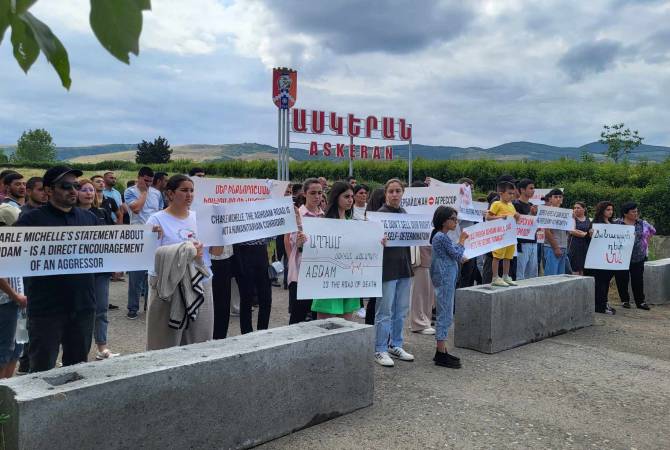 TENSION OVER THE LACHIN CORRIDOR BETWEEN AZERBAIJAN AND ARMENIA
TENSION OVER THE LACHIN CORRIDOR BETWEEN AZERBAIJAN AND ARMENIA
AVİM 11.08.2023 -
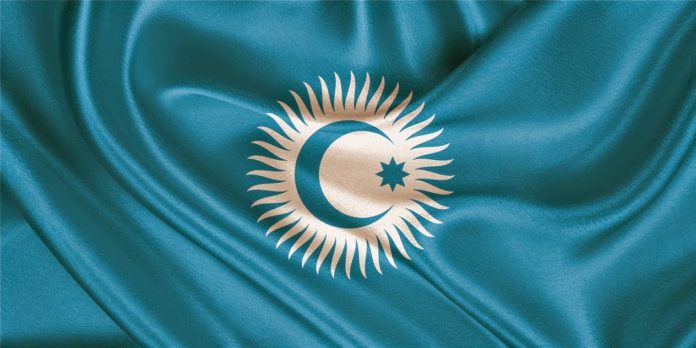 THE FUTURE OF THE TURKIC COUNCIL
THE FUTURE OF THE TURKIC COUNCIL
Gülperi GÜNGÖR 02.03.2021 -
 ARMENIA IS DISTURBED BY THE RADICAL ACTIVITIES IN THE DIASPORA
ARMENIA IS DISTURBED BY THE RADICAL ACTIVITIES IN THE DIASPORA
Hazel ÇAĞAN ELBİR 10.02.2023 -
THE MONUMENT IN OTTAWA
Ömer Engin LÜTEM 23.09.2012 -
TURKEY AND THE NEW CONFIGURATIONS IN CENTRAL ASIA
Alev KILIÇ 19.09.2013
-
25.01.2016
THE ARMENIAN QUESTION - BASIC KNOWLEDGE AND DOCUMENTATION -
12.06.2024
THE TRUTH WILL OUT -
27.03.2023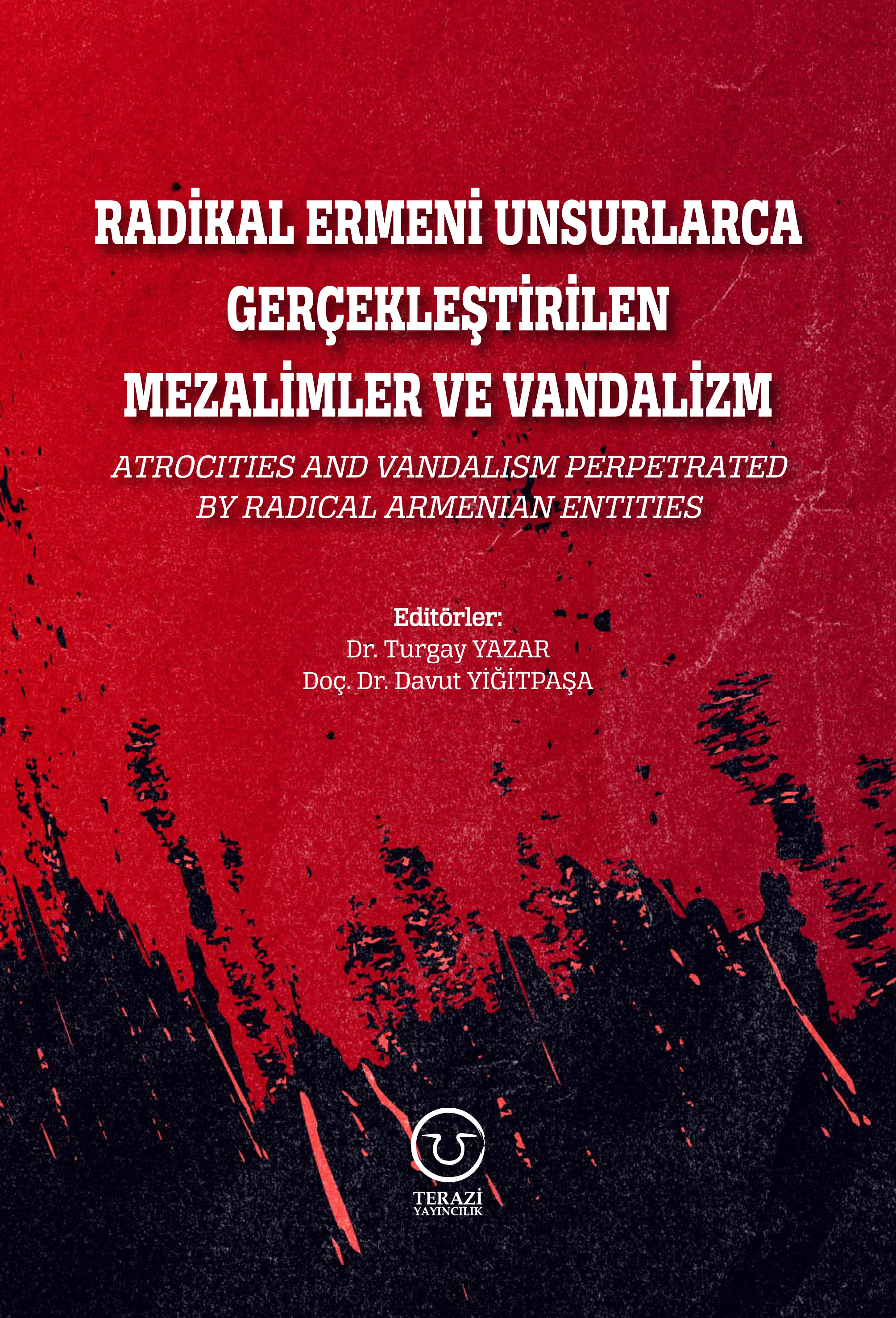
RADİKAL ERMENİ UNSURLARCA GERÇEKLEŞTİRİLEN MEZALİMLER VE VANDALİZM -
17.03.2023
PATRIOTISM PERVERTED -
23.02.2023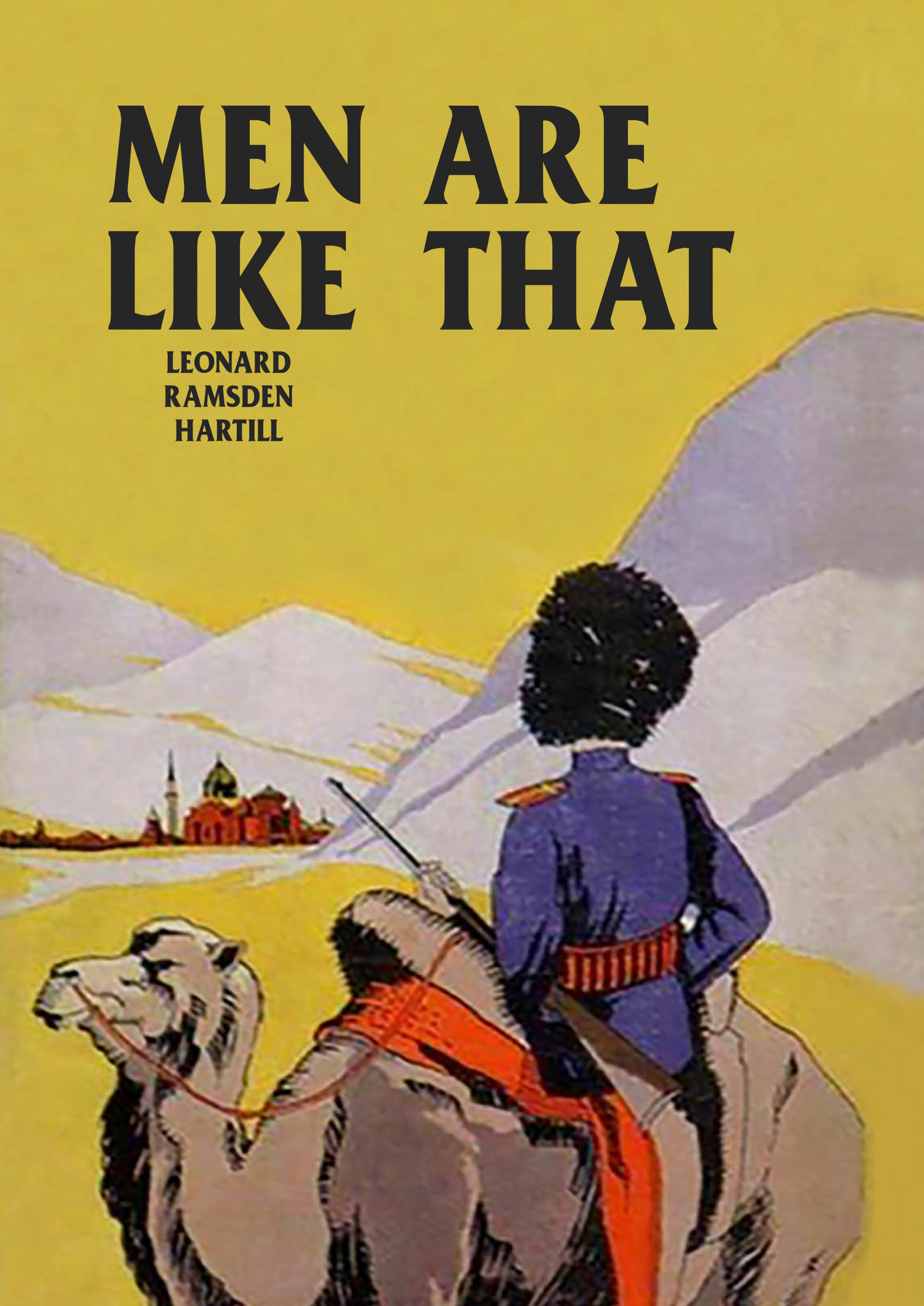
MEN ARE LIKE THAT -
03.02.2023
BAKÜ-TİFLİS-CEYHAN BORU HATTININ YAŞANAN TARİHİ -
16.12.2022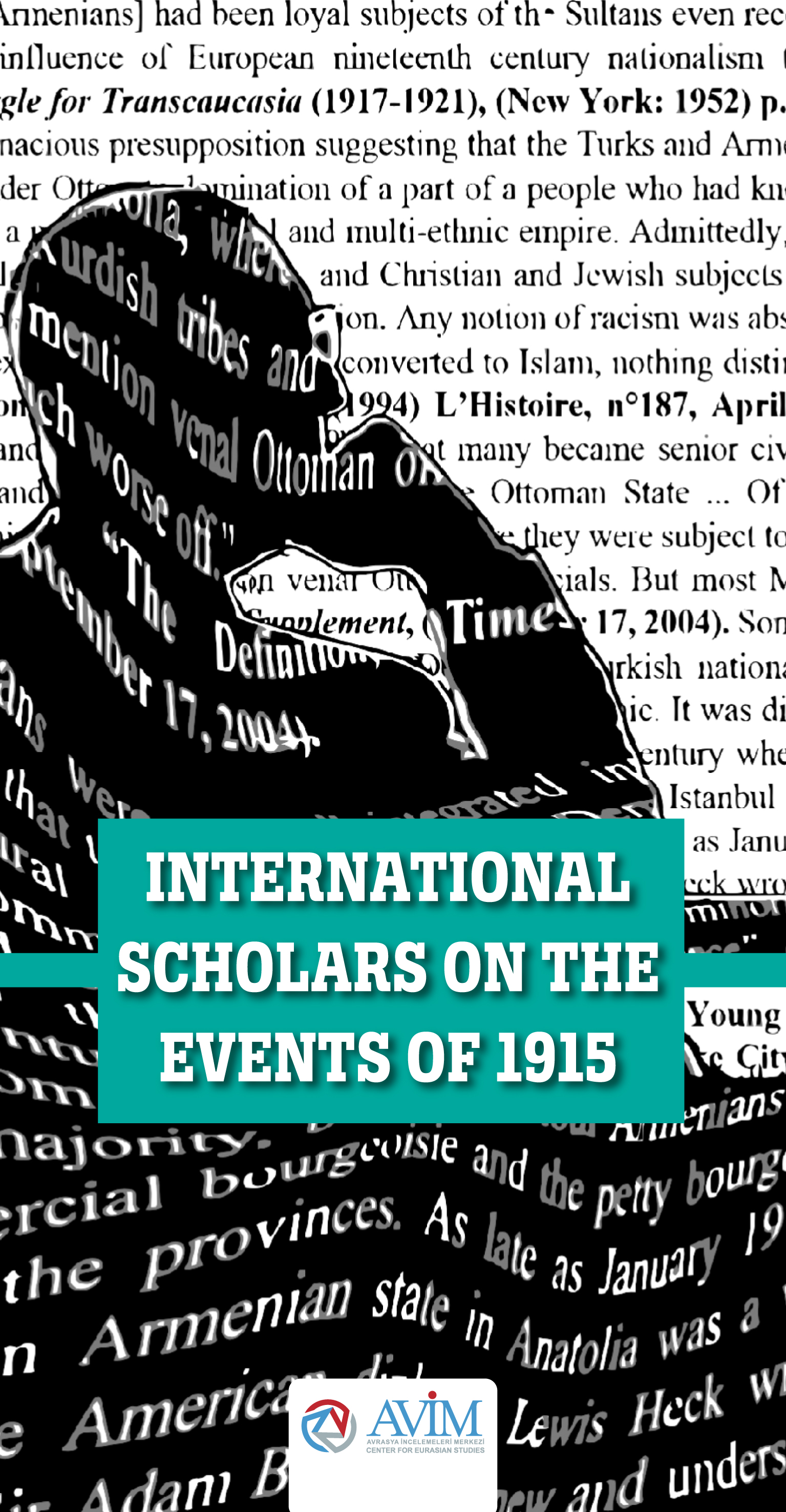
INTERNATIONAL SCHOLARS ON THE EVENTS OF 1915 -
07.12.2022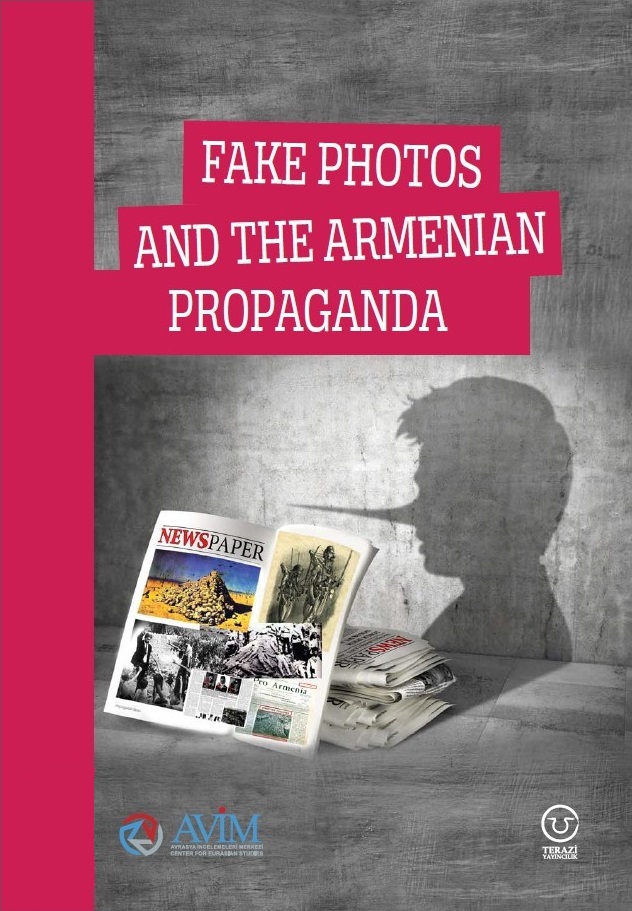
FAKE PHOTOS AND THE ARMENIAN PROPAGANDA -
07.12.2022
ERMENİ PROPAGANDASI VE SAHTE RESİMLER -
01.01.2022
A Letter From Japan - Strategically Mum: The Silence of the Armenians -
01.01.2022
Japonya'dan Bir Mektup - Stratejik Suskunluk: Ermenilerin Sessizliği -
03.06.2020
Anastas Mikoyan: Confessions of an Armenian Bolshevik -
08.04.2020
Sovyet Sonrası Ukrayna’da Devlet, Toplum ve Siyaset - Değişen Dinamikler, Dönüşen Kimlikler -
12.06.2018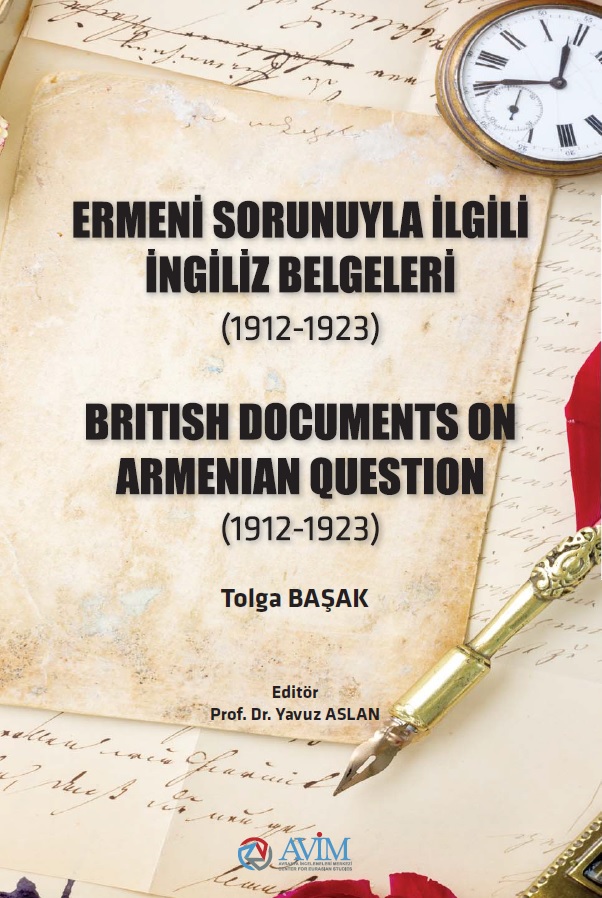
Ermeni Sorunuyla İlgili İngiliz Belgeleri (1912-1923) - British Documents on Armenian Question (1912-1923) -
02.12.2016
Turkish-Russian Academics: A Historical Study on the Caucasus -
01.07.2016
Gürcistan'daki Müslüman Topluluklar: Azınlık Hakları, Kimlik, Siyaset -
10.03.2016
Armenian Diaspora: Diaspora, State and the Imagination of the Republic of Armenia -
24.01.2016
ERMENİ SORUNU - TEMEL BİLGİ VE BELGELER (2. BASKI)
-
AVİM Conference Hall 24.01.2023
CONFERENCE TITLED “HUNGARY’S PERSPECTIVES ON THE TURKIC WORLD"









